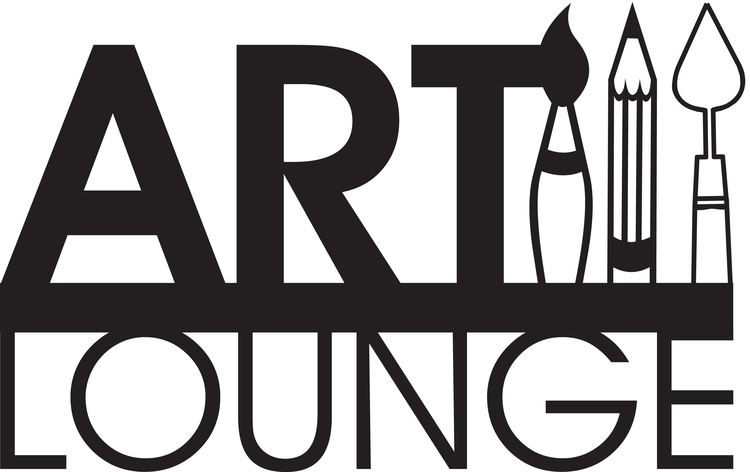An amalgamation of the scientific approach of chemistry and the creativity of art, devoid of technology, cyanotype is one of the oldest photographic printing processes in the history of photography. Becoming increasingly popular with contemporary artists who love to experiment with their media and constantly seek new ways to incorporate unconventional mediums in their work.
Image courtesy: The Natural Resurrection/ Narratives in Blue by Gunjan Shrivastava
So coming to the point where you might be curious, what is ‘cyanotype’? At its most basic level, cyanotype is a form of camera-less photography that involves using chemicals and sunlight or UV light to create a cyan-blue print. It is blue in colour, which lends its name(cyan) to the technique.
Commonly referred to, as ‘blueprints’, which were popularly used by architects to create duplicate copies of architectural and mechanical drawings, its existence dates back to its invention in 1842 by Sir John Herschel. Cyanotype has changed the face of photographic printing as we know it. The use of cyanotypes has evolved from a purely functional role among architects to a widely used technique among artists, and creative professionals across a spectrum of applications.
The cyanotype was further explored by Herschel’s friend and photographer Anna Atkins, a biologist, who is popularly referred to as ‘botanical artist’ produced a photographic album of algae specimens in 1843. She started by making photogram prints by laying her specimens directly upon the photosensitive paper. She eventually produced three volumes of her book: 'Photographs of British Algae: Cyanotype Impressions', which became the first book to be photographically printed and illustrated.
Atkin's inventive use of this new photographic technique fused art and science, it represented the extraordinary potential of using photography in books. The comprehensive cyanotypes of her specimens established her to be the first female photographer known.
Image courtesy: Natural History Museum, U.K.
Cyanotypes soon grew in popularity because they were quick, precise and easy to create. In the 19th and early 20th centuries, travel photographers often used cyanotype to make prints when they were away from their darkrooms. Artists are fascinated by its versatility and adaptability to wide surfaces it can be made on. Since then, they have become part of mainstream art and photography, valued especially for their distinctive Prussian blue colour and its precise detailing in a monochromatic palette.
Gunjan Shrivastava




